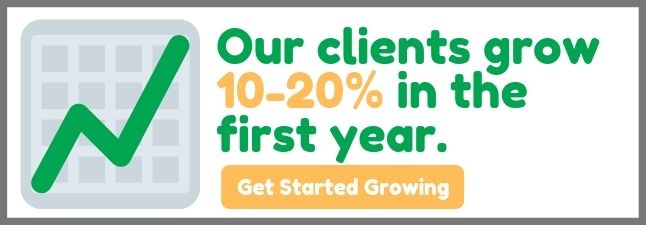Posted by Todd Hockenberry ● May 05, 2012
How to Effectively Use Email Marketing
In the last blog post we talked about using email campaigns in your lead nurturing strategy, but why should you use email in your marketing strategy at all? The simplest answer is twofold: one, email is cheap and two, most people use email. A third reason to use email marketing is that emails allow you to deliver content to your leads that they will find valuable. Whether your business got an awesome write up in an industry journal, or you've written an informative blog post about your industry, email is a fast and cheap way to let your leads know about it.
Your first step in effective email marketing is to create a quality email list. Your list should be built from form conversions, events or meetings, service or sales calls, guest books, or any other source where the intent of the audience is know. I say when the intent of the audience is known because you should always be asking permission to send emails. Buying email lists or tricking leads into parting with their emails can not only annoy leads, but can decrease your emails credibility. How often have your received an email from an unknown source and simply deleted it? Spam filters help keep unwanted emails from your inbox, so if you actually want your leads to read what you send them, ask their permission first.
You can also ask your email list what they want if you need direction in creating relevant content. If you poll your readers and find out they like blog posts and ignore industry write ups, you can tailor your emails to include more of what they like. Tracking click through rates for your emails will also help you do this, but polling your readers interests can help add depth to the analytics.
When creating your emails there are a couple general guidelines:
- Include your logo, name, and brand information/graphics
- Add social media sharing buttons
- Keep content concise, adding links to full articles rather than the article itself
- Include calls to action
- Keep your subject line short and simple
- Use a name your readers will recognize in the "From" field so that your email doesn't look like spam
- Avoid looking like spam!
Avoid looking like spam may seem silly, but it is important. Your email could contain the secrets of the universe but if your subject line is in all caps, your "From" field looks like a computer generated address, and you in any way appear to be spam, your readers aren't going to open it. Before you send any email, give it a good look and make sure your message doesn't look like spam.
The last email marketing basic is to track your emails, their open rates, click through rates, and hard and soft bounces. A hard bounce happens when an email is returned because of a permanent condition, like the email doesn't exist or has been misspelled. A soft bounce happens when a server is down, mailbox is full, or the email is blocked. Emails that have been hard bounced probable don't need to be resent, but a soft bounced email would be worth resending. Keeping track of these statistics will help you to create more effective email campaigns in the future.
Topics: Marketing





